Search
Search Results
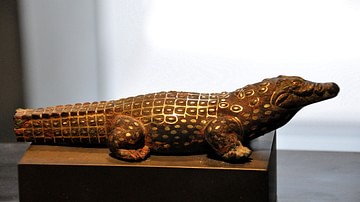
Article
Pets in Ancient Egypt
Pets were very important to the ancient Egyptians and considered gifts from the gods to be cared for until their death when they were expected to be returned to the divine realm from which they had come. In life, pets were well cared for...
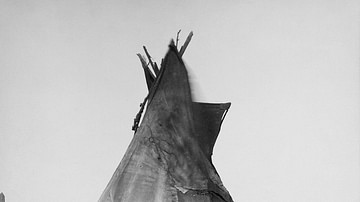
Image
Oglala Sioux Girl in front of Tipi with Pet Dog
Oglala Sioux Girl in front of tipi, probably on Pine Ridge Reservation, with her pet puppy, photo by John C. H. Grabill, 1891.
Library of Congress, Prints and Photographs Division, Washington, D.C.
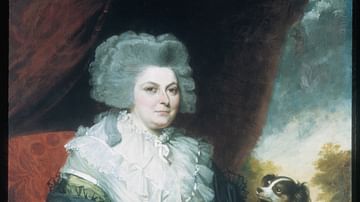
Article
Pets in Colonial America
Pets in Colonial America were kept by the colonists for the same reasons they were in Europe: for companionship and, in the case of dogs, for protection, hunting, and herding. Cats controlled vermin in homes and barns until the 18th century...
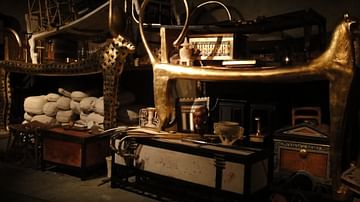
Article
Grave Goods in Ancient Egypt
The concept of the afterlife changed in different eras of Egypt's very long history, but for the most part, it was imagined as a paradise where one lived eternally. To the Egyptians, their country was the most perfect place which had been...
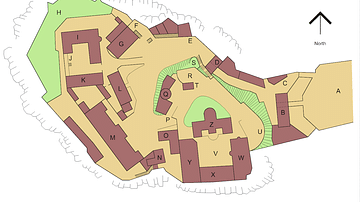
Image
Plan of Edinburgh Castle
A plan of the buildings and layout of Edinburgh Castle, Scotland. Although occupied since the Bronze Age and site of a medieval castle from the 11th century, most of the structures today date from around 1500 with additions and modifications...
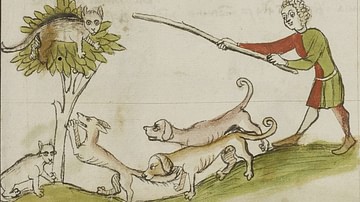
Article
Cats in the Middle Ages
Cats in the Middle Ages were generally disapproved of, regarded as, at best, useful pests and, at worst, agents of Satan, owing to the medieval Church and its association of the cat with evil. Prior to the widespread acceptance of Christianity...
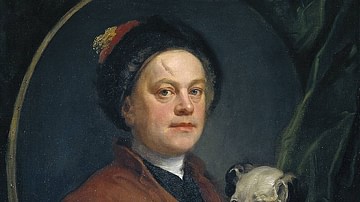
Article
Dogs & Their Collars in the Age of Enlightenment
In medieval and Renaissance Europe, dogs were considered little more than 'machines' which performed certain tasks, such as guarding a home or tracking game, but this view changed significantly during the Age of Enlightenment (also known...
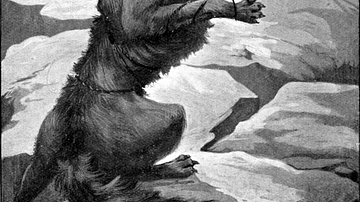
Definition
Fenrir
Fenrir is the great wolf in Norse Mythology who breaks free from his chains at Ragnarök, the twilight of the gods, kills Odin, and is then killed by Odin’s son Vidarr. Fenrir is the son of the trickster god Loki and brother of the World Serpent...
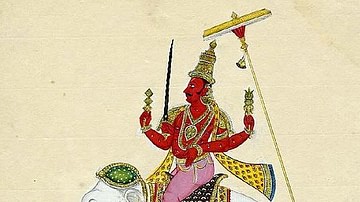
Definition
Indra
The anthropomorphic god Indra was the most important god in the Vedic religion and he later became a major figure in Hinduism and an important deity in Buddhism, Cham and Chinese tradition. For the Aryas he was their national god and he was...

Definition
Yaxchilan
Yaxchilan, located on the banks of the Usumacinta River in the Yucatán peninsula of Mexico, was an important Late Classic Maya centre. The Maya dated the founding of their city to 320 CE, but Yaxchilan flourished between c. 580 and...